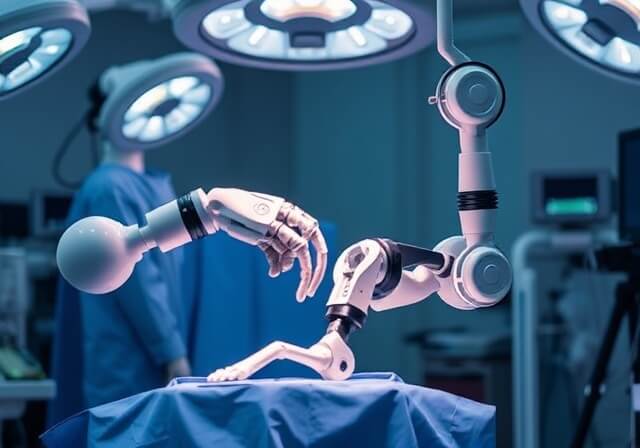The advanced sensor integration into robotics leads to significant changes in automation, machine learning, interaction, and communication with the environment in a more advanced way.
This integration supports robots’ collection of real information about their surroundings. It also leads to robots becoming smarter and more efficient. Now, sensors are playing an important intelligence role in industrial automation and autonomous vehicles.
This article also discusses how advanced sensor integration makes today’s robotic system smarter in each industry.
Understanding the Role of Sensors in Robotics
Sensors work as the “senses” for robots. It is the same as how we use sight, hearing, touch, taste, and smell senses to understand and interact with our surroundings. Sensors play following rules in robots;
- Robots can understand the environment by detecting changes around them. This helps them understand what is happening in their surroundings.
- Sensors transfer data to robots for real-time decision-making. Thus, they adjust their movements, actions, and tasks accordingly.
- Sensors help robots perform their tasks precisely. They can assemble parts in manufacturing or identify problems in autonomous vehicles accurately.
- Furthermore, sensors help robots communicate safely and productively with humans and other systems in an industrial setting or at home.
Example
For example, sensors help a factory robot detect an object’s position on the assembly line. It then maintains its grip and precisely places the object in the correct spot. Similarly, autonomous vehicles depend on sensors to detect and avoid hurdles in a changing environment.
Different Types of Sensors in Robotics
The most common sensors used in robots are given below;
- Proximity sensors
- Vision sensors (Cameras)
- Force and tactile sensors
- Motion and position sensors
- Temperature and environmental sensors
- Auditory sensors
Functions of a Sensor in Robotics
A sensor functions in robots in three ways;
- Detection: The sensor observes an environmental factor, such as light, sound, or distance from the surroundings.
- Signal Processing: After observation, sensors send this raw data to the robot’s control system or processor, transforming it into a working form, including filtering, noise reduction, and mathematical modeling.
- Response: The robot decides and acts according to the processed data. Depending on the situation, this involves position adjustment, grip, or speed.
Example
For instance, a robot with an ultrasonic sensor sends out sound waves. After hitting an object, these sound waves bounce back to the sensor. Now, the robot measures how long it takes for the waves to return, calculates the distance to the object, and acts precisely.
Advanced Sensor Integration in Robotics
-
Industrial Automation
In industrial automation, robots use sensors to systematize tasks like assembly, inspection, and quality control. Vision sensors help examine product quality on production lines. Force sensors support robotic arms to pick up delicate objects precisely. Autonomous robots use proximity, motion, and position sensors to navigate factory floors.
-
Autonomous Vehicles
Autonomous vehicles, like self-driving cars and drones, need help from sensors to navigate and protect. The sensors of LiDAR, cameras, and radar work together to identify hindrances, map the environment, and make real-time decisions to avoid collisions and follow traffic rules.
-
Medical Robotics
In healthcare, robots with sensors assist in surgery, rehabilitation, and patient observation. Force sensors ensure precision in surgery, while tactile sensors detect tissue conditions.
-
Service Robots
Service robots use sensors to navigate and complete tasks. Vision sensors detect obstacles, while proximity and motion sensors prevent collisions. Environmental sensors help them interact with humans safely.
-
Space Exploration
Space exploration robots, like Mars rovers, use sensors like cameras, temperature sensors, and soil analyzers to study the environment and guide future missions.






